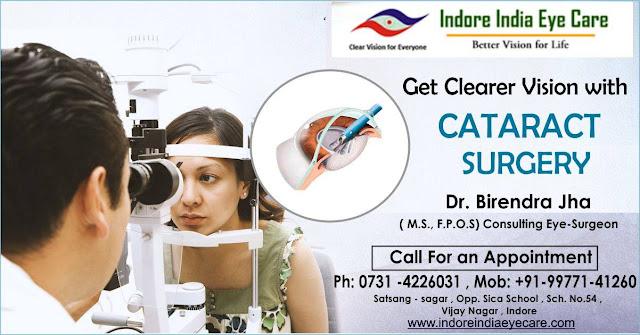What Is the Medical Treatment for Glaucoma?

Treatment is designed to lower the IOP by reducing production or increasing outflow of aqueous humor. Depending on the type of glaucoma, medications or surgery are used. IOP usually can be lowered using different medications in the form of eyedrops (see How to Instill Your Eyedrops) and oral or IV medications. What Are the Medications for Glaucoma? Beta-adrenergic blocking agents, alpha-adrenergic agonists, and prostaglandin analogues are some of the most commonly used medications. Beta-blockers, such as timolol (Timoptic), can reduce the amount of aqueous humor produced. Alpha-adrenergic agonists, such as brimonidine (Alphagan), decrease the production of aqueous humor and also improve the drainage of aqueous humor. Another group of drugs called prostaglandin analogs have recently been used. One that may be prescribed is latanoprost (Xalatan). They work near the drainage area within the eye to increase the secondary route of aqueous humor outflow in order




